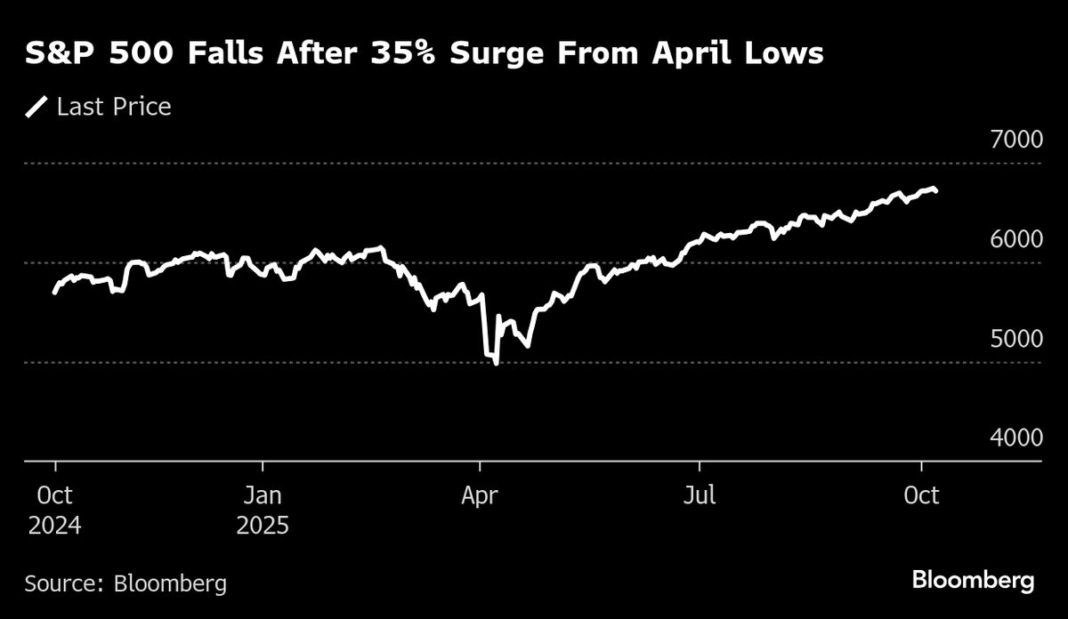Asian stocks are poised for a sluggish open as investors reflect on a relatively quiet day on Wall Street, where market shares paused after a robust series of all-time highs. This moment of rest from the euphoric rallies in the U.S. markets could have significant implications for global trading patterns as they unfold.
### Wall Street’s Recent Performance
Wall Street’s recent run has been nothing short of impressive, with major indices reaching historical highs. Analysts have pointed to favorable economic indicators, strong corporate earnings, and bullish investor sentiment as key reasons behind this upward trend. However, after a prolonged surge, the markets took a breather. This pause allows traders to recalibrate their positions, take profits, and reassess their strategies in light of potential future risks. The critical question now is whether this lull will influence trading dynamics across Asia and beyond.
### The Asian Market Snapshot
As Asian markets prepare to open, there is a palpable sense of caution among investors. Key indices such as Japan’s Nikkei, China’s Shanghai Composite, and Hong Kong’s Hang Seng are slated to reflect the subdued sentiment. Factors contributing to this cautious outlook include geopolitical tensions, inflation worries, and ongoing challenges related to COVID-19 in certain regions. Investors will be closely monitoring these situations as they could dampen potential recoveries.
### Influences on Trade
Geopolitical tensions, particularly surrounding the Taiwan Strait and various trade agreements in Asia, are major factors influencing market sentiment. The ongoing trade relations between the U.S. and China remain a focal point, with potential repercussions for businesses spanning multiple sectors. Investors are wary that any escalation could disrupt supply chains or alter trade tariffs, which can impact profitability for corporations operating in these regions.
### Economic Indicators to Watch
In the wake of Wall Street’s pause, Asian traders will be analyzing local economic indicators to gauge market potential. Key statistics to watch include GDP growth rates, manufacturing output, and consumer spending. Reports revealing inflation rates will also be crucial, as central banks around the region may respond to rising prices with changes in monetary policy. This is particularly worth noting for countries like China, where consumer inflation has fluctuated in recent months.
### Currency Fluctuations
Currency markets will also play a vital role in the overall trading environment. Any shifts in the U.S. dollar can have a cascading effect on Asian currencies, impacting exporters and importers alike. A stronger dollar often means more expensive products for other nations, which can lead to decreased purchasing power and a subsequent drop in demand. Keeping an eye on currency movements will provide insight into regional economic health amidst the broader market landscape.
### Investor Sentiment and Market Psychology
Investor sentiment is a critical driver in stock market dynamics. The current cautious mood, stemming from Wall Street’s pause, may prompt Asian investors to adopt a more conservative approach. This could manifest in a focus on defensive stocks—companies seen as safe havens during market volatility—rather than high-risk growth stocks. Behavioral finance suggests that market psychology can heavily influence trading patterns, making understanding this sentiment essential for predicting potential market movements.
### Looking Ahead
As the Asian trading day begins, market participants are gearing up for a period characterized by volatility and uncertainty. The interplay between local economic conditions and broader global trends will be pivotal in shaping market performance. Investors will be vigilant in their analysis, watching for signals that could indicate whether the recent pause in Wall Street’s ascent is merely a moment of respite or a precursor to more sustained market fluctuations.
### Conclusion
With Asian stocks set for a sluggish start, the global trading community remains on high alert. The interplay of economic indicators, geopolitical dynamics, and investor psychology will be at the forefront as markets react to the unfolding situation. As trading begins, all eyes will be watching closely—especially to see how various sectors respond to the lingering effects of Wall Street’s recent performance.



